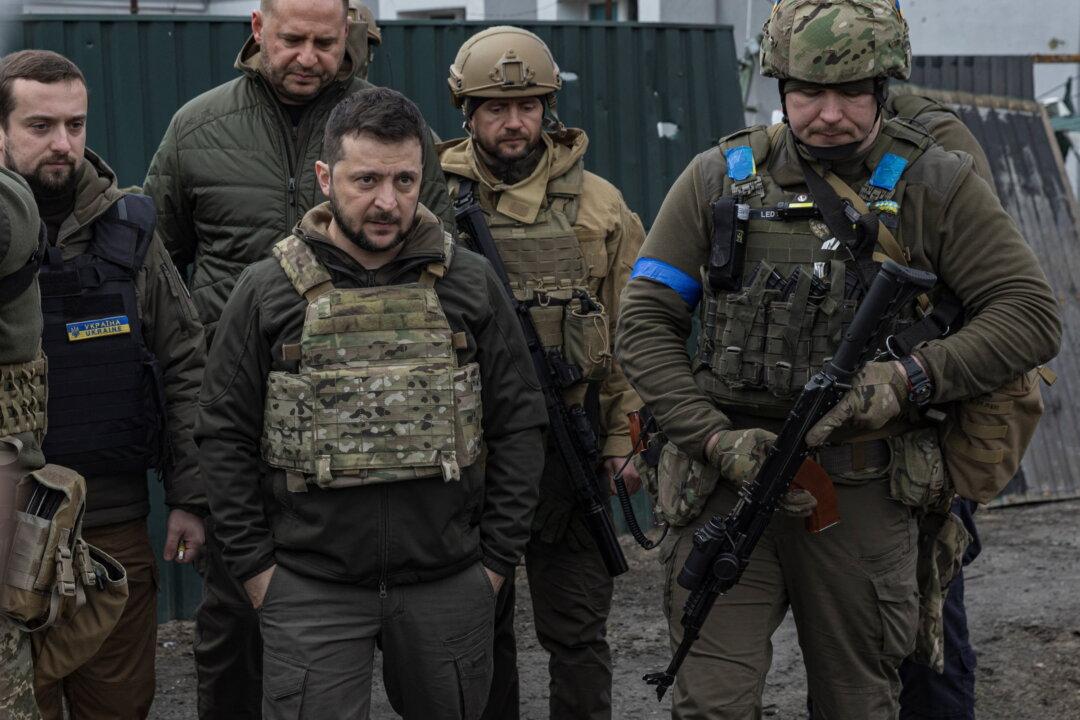The U.S. government was the top humanitarian and military contributor to Ukraine since Russia’s invasion started, a new study found.
Since Feb. 24, the United States has given Kyiv 7.6 billion euros ($8.2 billion) in the form of humanitarian and military assistance, according to findings from the Kiel Institute, a German economic research think tank. Poland and the United Kingdom were the next largest givers of financial, humanitarian, and military aid.





